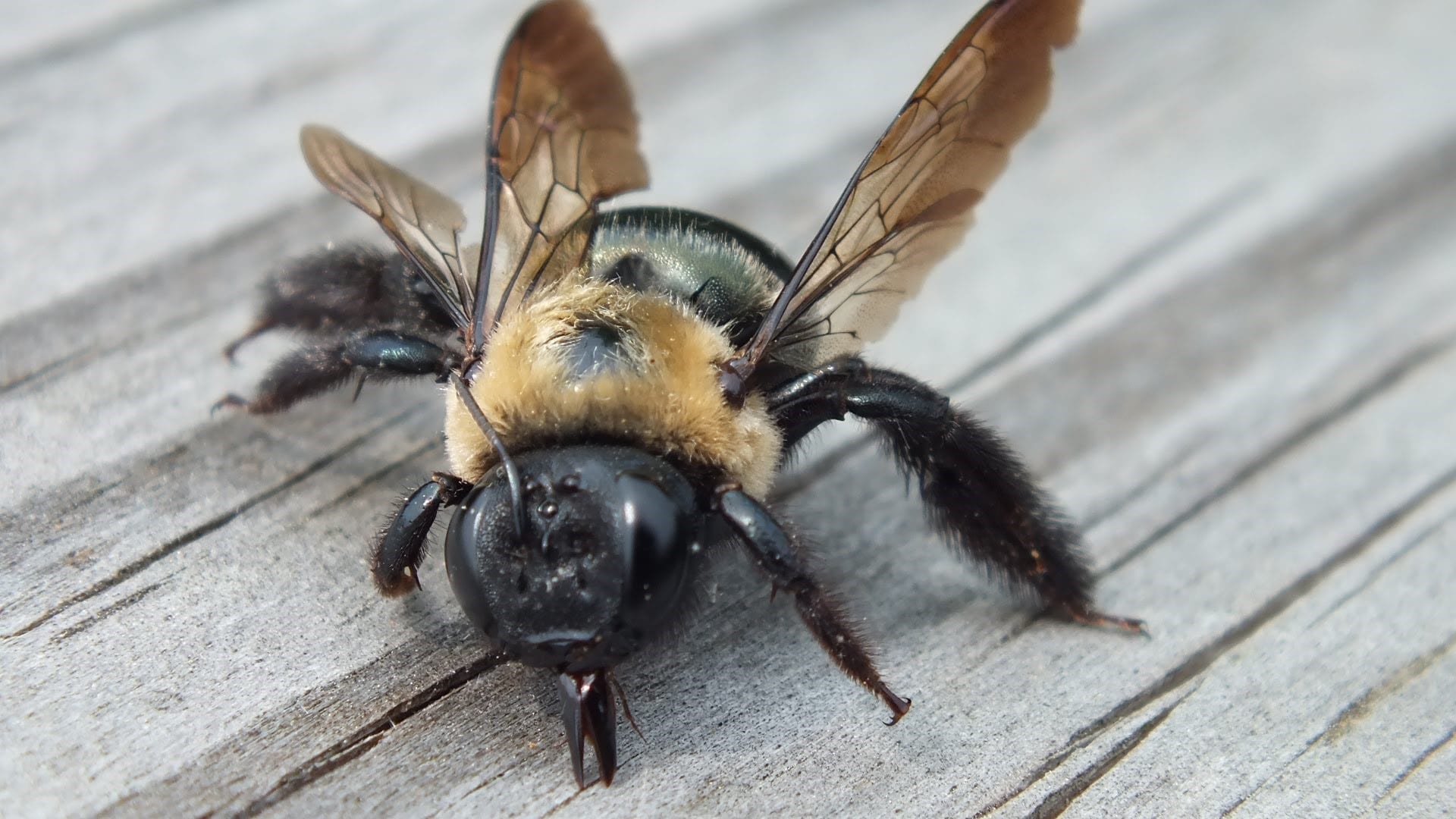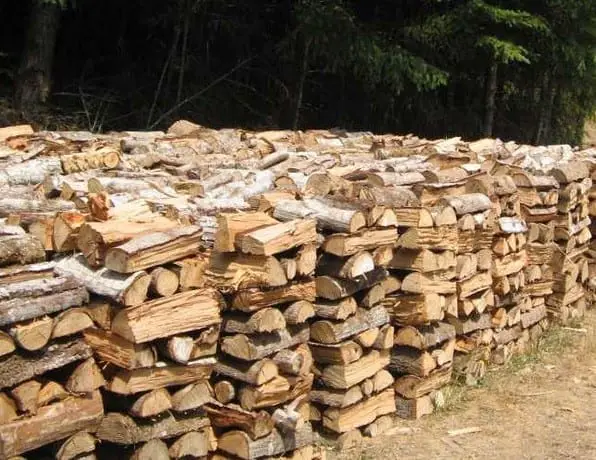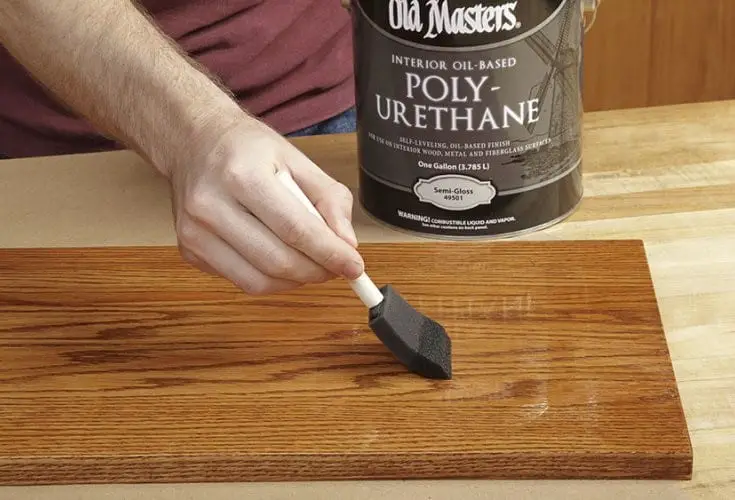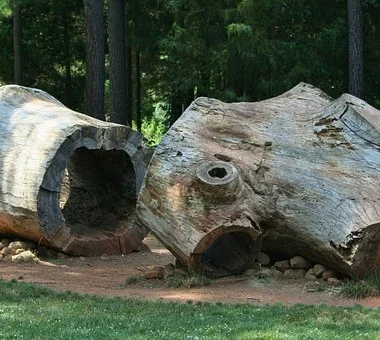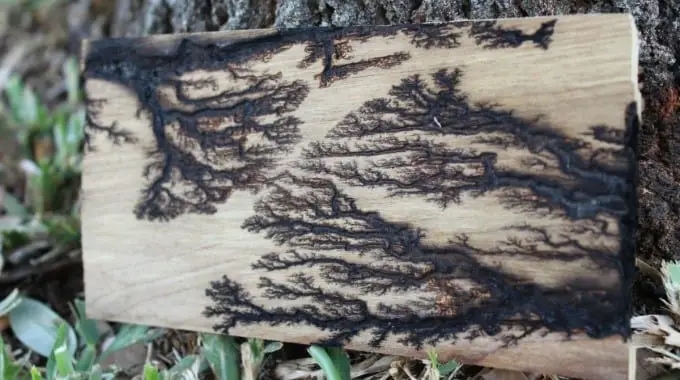Wood bees or carpenter bees (Xylocopa virginica) have always been mistaken for bumblebees. When people complain of bumblebees flying about in their garden, they are probably referring to carpenter bees.
Bumblebees are large social bees measuring ½ to 1 inch long and have black and yellow or even black and orange body markings.
On the other hand, carpenter bees resemble bumblebees in both size and appearance but are not social insects. This guide will help you get to know what a wood bee is and if these are dangerous to have in your yard.
Can you get stung by a wood bee?
The male carpenter bee is unable to sting. These insects hover in the vicinity of the nest and will drive away any other flying insect that will try to move into their territory. Males often approach people if they move quickly. Male bees may even hover a short distance from people which causes panic, of course. The female bee will sting but seldom does. A female must be extremely provoked before she will sting.
Carpenter bees usually construct their nests in trees while there are instances when they also make these along the frames of buildings. Looking at a wood bee, most of the top of the abdomen of carpenter bees are without hairs and is colored black. If you spot large bees hovering near the eaves of the house or drilling in wood then these are carpenter bees.
Carpenter bees and trees
Damage to trees and wood due to the activity of a single wood bee is slight however, the next generation will expand the tunnel that a single bee has made and this can cause considerable damage to the interior portion of a tree. Bees will also defecate near the opening of the holes and this can cause significant staining on the wood.
These bees do not eat wood at all. They just boreholes to create shelter and areas where they can rear their young safely and securely. Aside from a living tree, wood bees can also bore holes and nest in unpainted and untreated wooden objects like windows, shingles, railings, electrical or telephone poles, and wooden furniture.
How to prevent wood bee infestation on wood
Locate the wood where the wood bee resides and apply an insecticide dust in the openings. Use a duster to puff the dust up into the tunnel to coat the sides of the wall. To avoid stings, apply the treatment at night when the bees are asleep.
Bees cannot see the red light so use a flashlight covered with red cellophane. If you must apply treatment during the day, use a trusted bee repellent called pyrethrum spray or wasp and hornet spray. This will remove bees and other insects effectively. When using pyrethrum, wear protective gear like gloves, mask, and goggles.
Clean contaminated clothing immediately and shower as soon as you can. And due to obvious risks to health, you may otherwise have professional spray insecticidal chemicals instead of doing it by yourself.
Do not close the holes that you have treated. You must let the bees contact the spray and pass the chemical to the different areas inside the tunnels.
Spring is the best time to apply the treatment and another one during mid-summer to kill bees that may have not acquired treatment when they emerged from the nest.
Apply the final treatment in early fall to kill other over-wintering bees. In the fall, use a wood putty or wooden dowel to fill the holes. Use varnish or paint to cover the putty or dowel.
Always remember: pesticides are poisonous. Read and follow directions and precautions on labels.
Always handle pesticides carefully and store these inside their original labeled containers.
Keep these out of reach of children and also from pests and farm animals. Dispose of empty containers in the recommended way and in a safe manner and disposal unit.
Conclusion
Wood bees are different from bumblebees. These insects are non-social and rarely sting. Male wood bees will not sting and may only hover when provoked. Females may sting but they rarely do. Wood bees can penetrate and destroy the interior part of the wood to create chambers where they can rear their young. These bees don’t eat wood.
